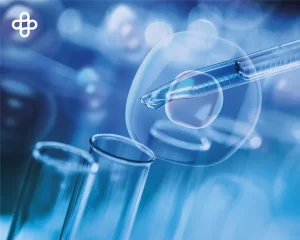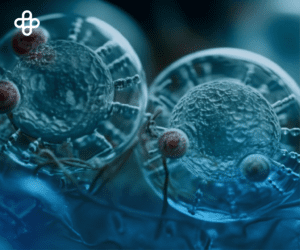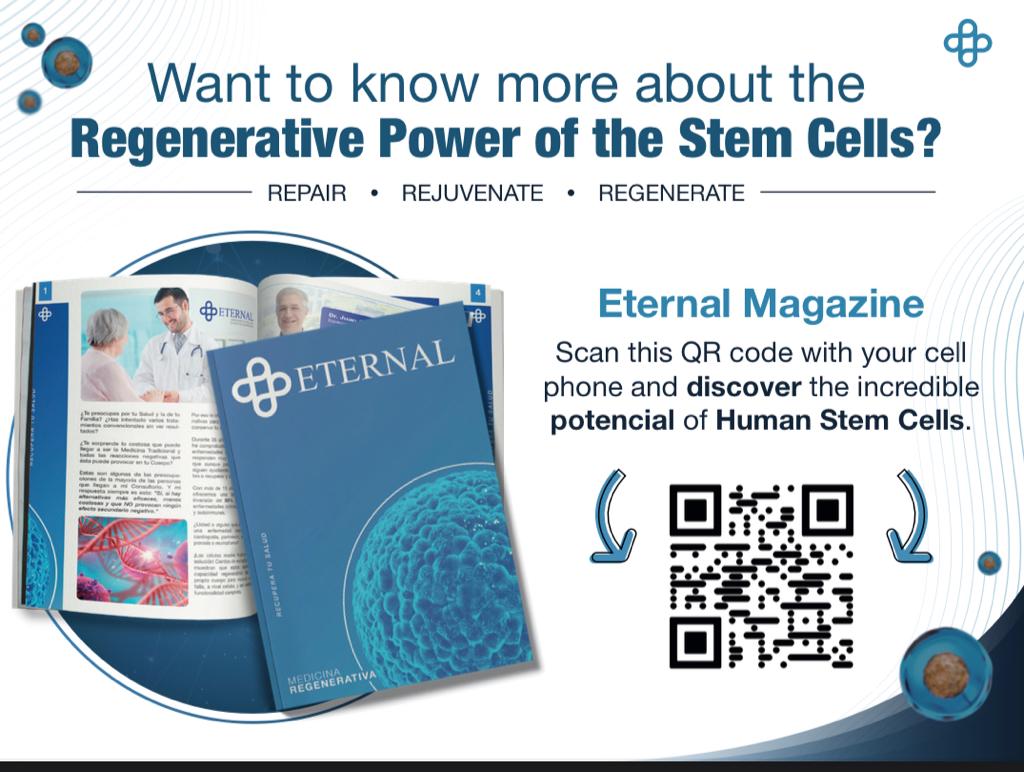Silicosis, a chronic and progressive lung disease caused by inhaling silica particles, remains a significant challenge in occupational and pulmonary health. With no conventional curative treatments available, regenerative medicine and stem cell therapies have gained considerable attention. This article explores the most recent advancements in using stem cells and other regenerative approaches to improve patient quality of life and halt the progression of this disease.
What is Silicosis, and Why is it Hard to Treat?
Silicosis develops after prolonged exposure to silica particles, a common hazard in industries like mining and construction. Once inhaled, these particles trigger chronic inflammation, forming scar tissue that restricts respiratory function. Current treatments focus on symptom management but cannot reverse existing lung damage. Regenerative medicine offers a promising new approach to change this paradigm.
The Role of Stem Cells in Pulmonary Regeneration
Stem cells, especially mesenchymal stem cells (MSCs), have shown significant therapeutic potential due to their regenerative and anti-inflammatory properties. These cells can differentiate into various tissue types, facilitating the repair of damaged tissues and secrete growth factors that promote healing in lungs affected by silicosis. Recent studies also reveal their ability to modulate the immune response, reducing chronic lung inflammation.
Stem Cell-Based Treatments for Silicosis
Types of Stem Cells Used
- Mesenchymal Stem Cells (MSCs)
Derived from bone marrow, adipose tissue, or umbilical cord, MSCs have demonstrated promising results in reducing inflammation and pulmonary fibrosis in animal models. Clinical trials have reported improved pulmonary function markers and enhanced quality of life in treated patients. - Induced Pluripotent Stem Cells (iPSCs)
iPSCs, which can be reprogrammed into specific lung tissue cells, represent a potential alternative for repairing lung damage. Although in the early stages of research, preclinical studies indicate their promise for direct lung tissue regeneration. - Endothelial Progenitor Cells
These cells support the formation of blood vessels, improving oxygenation in affected lung tissues. Recent studies suggest that their administration may slow fibrosis progression in silicosis.

Innovative Regenerative Medicine Approaches for Silicosis
- Growth Factor Therapy
Growth factors stimulate cell proliferation and differentiation, enhancing lung tissue regeneration. While more research is needed, experimental studies have shown positive effects in reducing fibrosis. - Exosomes Derived from Stem Cells
Exosomes, extracellular vesicles carrying proteins and RNA, play a critical role in cellular communication. Stem cell-derived exosomes have demonstrated anti-inflammatory and antifibrotic effects in animal models of silicosis. - Lung Tissue Engineering
Though still in preliminary stages, lung tissue engineering aims to create functional lung structures. Although significant technological and ethical hurdles remain, this technique could partially reconstruct damaged lungs.
Challenges and Future Perspectives
Despite progress, stem cell and regenerative medicine approaches for silicosis face challenges. Patient variability and differences in treatment responses complicate the development of standardized therapies. Continued research is essential to fully understand the mechanisms of action and ensure these therapies’ safety and efficacy.
The future of silicosis treatment could include personalized therapies tailored to individual genetic and immunological profiles. Combining stem cell therapies with advanced genetic editing technologies like CRISPR may optimize lung tissue regeneration and provide hope for those affected by this debilitating disease.
Conclusion
Advancements in stem cell therapy and regenerative medicine represent a paradigm shift in the management of silicosis. Although many aspects remain experimental, current research suggests the possibility of lung regeneration, offering patients improved quality of life and hope against disease progression. Continued investment in research is vital to make regenerative medicine a practical and accessible solution for those in need.
Finally, visit our article Stem Cell Therapy for Pulmonary Hypertension: A Natural Alternative





